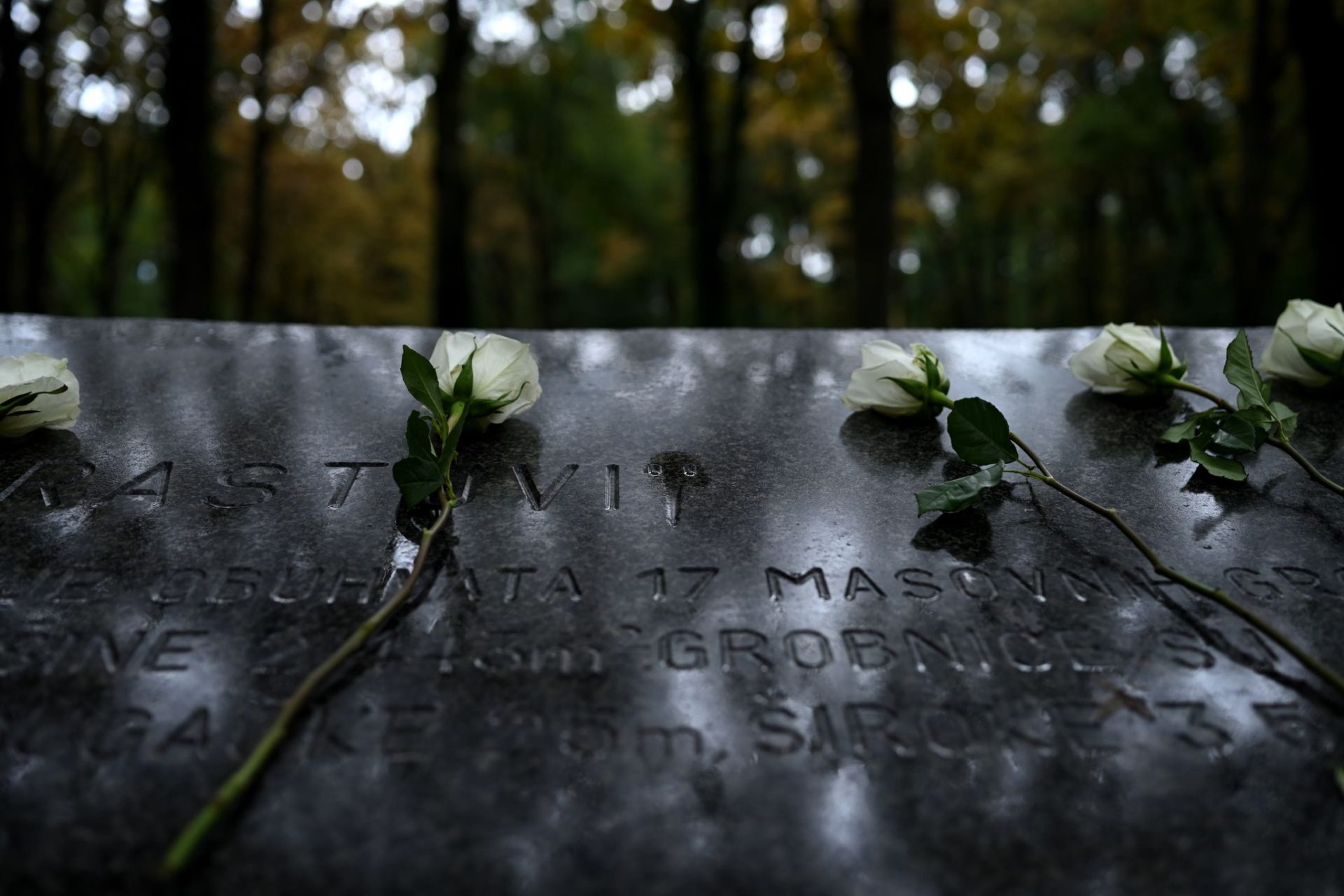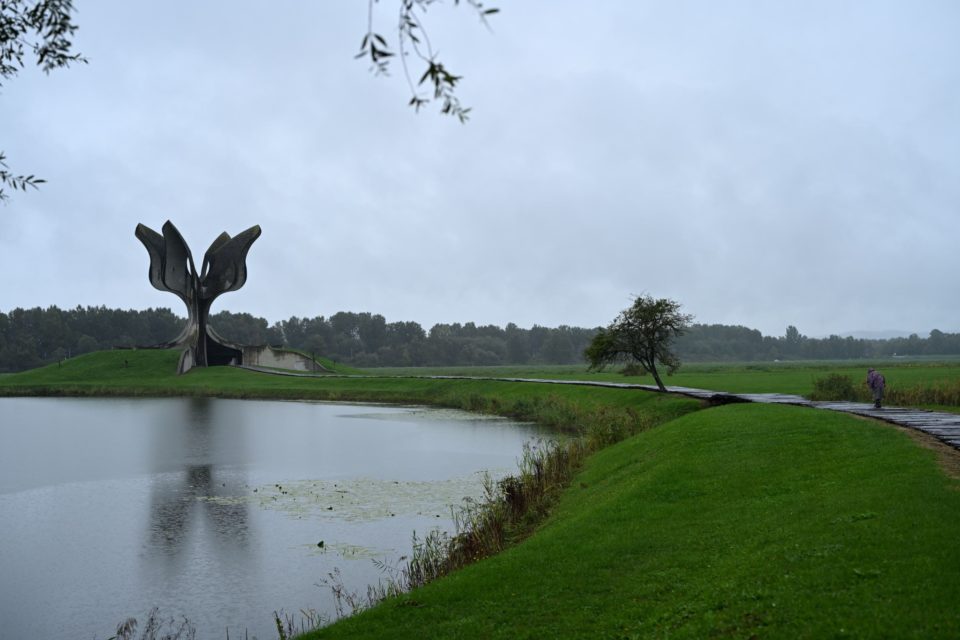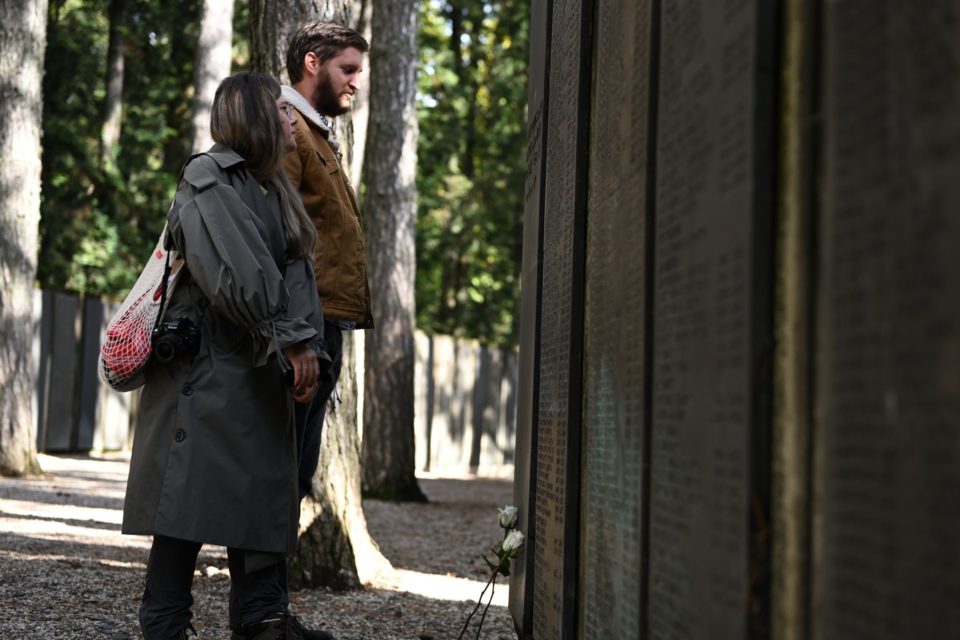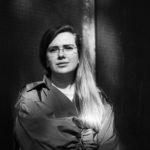
Professors of Serbian Language and Literature do not see anything controversial in these competitions, but they emphasize epithets of pain, metaphors of suffering, hyperboles of loyalty, so that we become aware and never repeat the past. I often think about how historical revisionism comes about – how someone can possibly disregard the facts and create …
Professors of Serbian Language and Literature do not see anything controversial in these competitions, but they emphasize epithets of pain, metaphors of suffering, hyperboles of loyalty, so that we become aware and never repeat the past.
I often think about how historical revisionism comes about – how someone can possibly disregard the facts and create a narrative or narratives that suit one group, ignoring the causes, consequences, and the suffering of others to impose their own truth.
When I started working on issues of dealing with the past, I learned one very important thing, and that is that there is no such thing as truth. There are only facts, and the (re)interpretations of facts are truths. There are those that lead to collective catharsis and reconciliation, as well as those that foster rage and vengence.
Historical revisionism arises because dominant policies correspond to a culture of division, hatred, violence, spun headlines, and fabricated truths. These are the things which we are supposed to be protected from. Historical revisionism ignores the fact that dominant policies are the creators of this culture, with the help of the education system, the media, religious communities and domestic oral history. Because if we don’t defend ourselves against them, they will attack us (!).
Last month I went on a study trip that partially answered my questions about the origin and sustainability of historical revisionism in our societies – I use the plural, because we generally have three narratives for each topic, however, I would really like to say ‘society.’
On the study trip, we learned that there is no institutional cooperation between the memorials in Jasenovac and Donja Gradina. The connections between these two memorial centers are only maintained through the will of individuals, as if they were not parts of a shared history whose memorialization should be a joint effort. Afterall, divided histories pass more easily through the filters of revisionism. We also learned that the curator in Donja Gradina doesn’t have a problem with historical revisionism. He claims that it’s a positive process, despite the fact that the practice known as the revision of history is used for the re- and additional determination of facts. This is what he and they do. It is done without any moral dilemma, even though, as historians, they shouldn’t stand behind the figure of 700 thousand killed, as we have known for years that this figure is exaggerated.

At the Kozara Memorial Complex, we heard that the Chetniks weren’t really such bad guys and that there were locals among them who were just defending their hearths. This goes hand in hand with the narrative equating partisans and Chetniks – that is, the narrative which minimizes the importance of the People’s Liberation Movement which has been trying to take hold for years within society, the education system, and the official truth, including the narrative that Dr. Mladen Stojanović became a partisan by chance, since his primary identity is colored by the fact that he is the child of a priest.

While staying in Donja Gradina and listening to a lecture, I was reminded of the film “Dara iz Jasenovca” [Dara from Jasenovac] by Predrag Antonijević. This film deprives the camp’s victims of all possible identity and integrity, to the point that they are only Serbs. It also patronizes little Biljana Čekić to an extent it is disgusting to watch – a child in the role of the victim – especially after the media, wanting to portray her as a hero, emphasized the socio-economic status and circumstances of her family.
At the end of the seven-day study trip – on which there were people from Serbia, Croatia, Montenegro, North Macedonia, and Bosnia and Herzegovina – we were all in agreement with one another, which gave me some hope for a better future.
However, upon my return to Doboj, this enthusiasm waned. In the hall of the Doboj School of Economics, I saw a display board dedicated to Jasenovac. On it were essays written by high school students, some of them in the first-person, about the suffering and Golgotha in the death camp. The suffering of non-Serb victims was not mentioned in any of those compositions.
It’s impossible to hold anything against the young writers, as these competitions are frequently held by schools, ministries, and sometimes even the Donja Gradina Memorial, where the works are exhibited. Professors of Serbian Language and Literature don’t see anything controversial about these contests, but rather continue emphasizing the epithets of pain, metaphors of suffering, and hyperboles of loyalty in the works, so that we become aware and don’t repeat the past.
The high school composition entitled “In Me Their Blood Flows” contains sentences such as: “The enemy formed its puppet state with the aim of exterminating a people from it,” and “[T]he Ustaša, in accordance with their barbaric and savage nature, killed just like that […] Fifty years later, the sons and grandsons of those Ustaša, following the example of their fathers and grandfathers, continued their bloody work of aggression against the Serbian Krajina and the Republika Srpska.” Along with being untrue, these claims are very malicious and dangerous. The high school girl who wrote them, however, was only transcribing into her work what she heard in her history and native language classes or saw on TV.
In the second text, we encounter the sentences: “Only God is on our side, although our spilled blood testifies otherwise. Our ancestors up above are witnesses of the suffering of our people. I am proud of the roots of my ancestors who give me the strength to fight for justice.” This is typical self-victimization, no matter how much they know that the cult of the victim makes us evil. These sentences can also be interpreted as a certain call for us to take justice into our own hands when it comes to the past suffering of our people, which is also very dangerous.
In the third text, the author asks the questions: “Why is our life like this? Lord God, how have we sinned against you? Why, are you not conscious enough to think about it because of fear and pain?” This puts the suffering of the Jasenovac victims on your own shoulders, because belonging to a collective and bearing responsibility means being protected and self-actualized, even if only on a symbolic level, no matter how much it costs us in real life.
The fourth composition on the board was for me the scariest. The author was a high school sophomore, who wrote a fictionalized story in first-person from the perspective of a ten-year-old girl about her experience in Jasenovac, mentioning that a girl two years younger than her had been raped by Ustaša the night before.
As I type these sentences, I feel a pain in my stomach, sadness and defeat in the face of the fact that the education system is teaching and raising the young generation, without the slightest sense of responsibility, to be the kind of nationalists who hate and take justice into their own hands.
It is important that all peoples know the facts about the suffering of their ancestors, and it is important to enable them to be commemorated with dignity. However, the distinction needs to be made between historical sources and fictional works based on interpretations, which are considered relevant in our country. Young people should learn about their own history and traditions, but in such a way that they dispose of the facts that have been stripped of the call to revenge and hatred of the ‘other’ and different.
In the minority who deals with the past properly and creates an inclusive space for dialogue between all groups – such as the Center for Nonviolent Action (Sarajevo | Belgrade), who organized the study trip “The Present of Our Past” did in this case – does not soon override the majority, I fear that we will become societies from which there is no escape.






